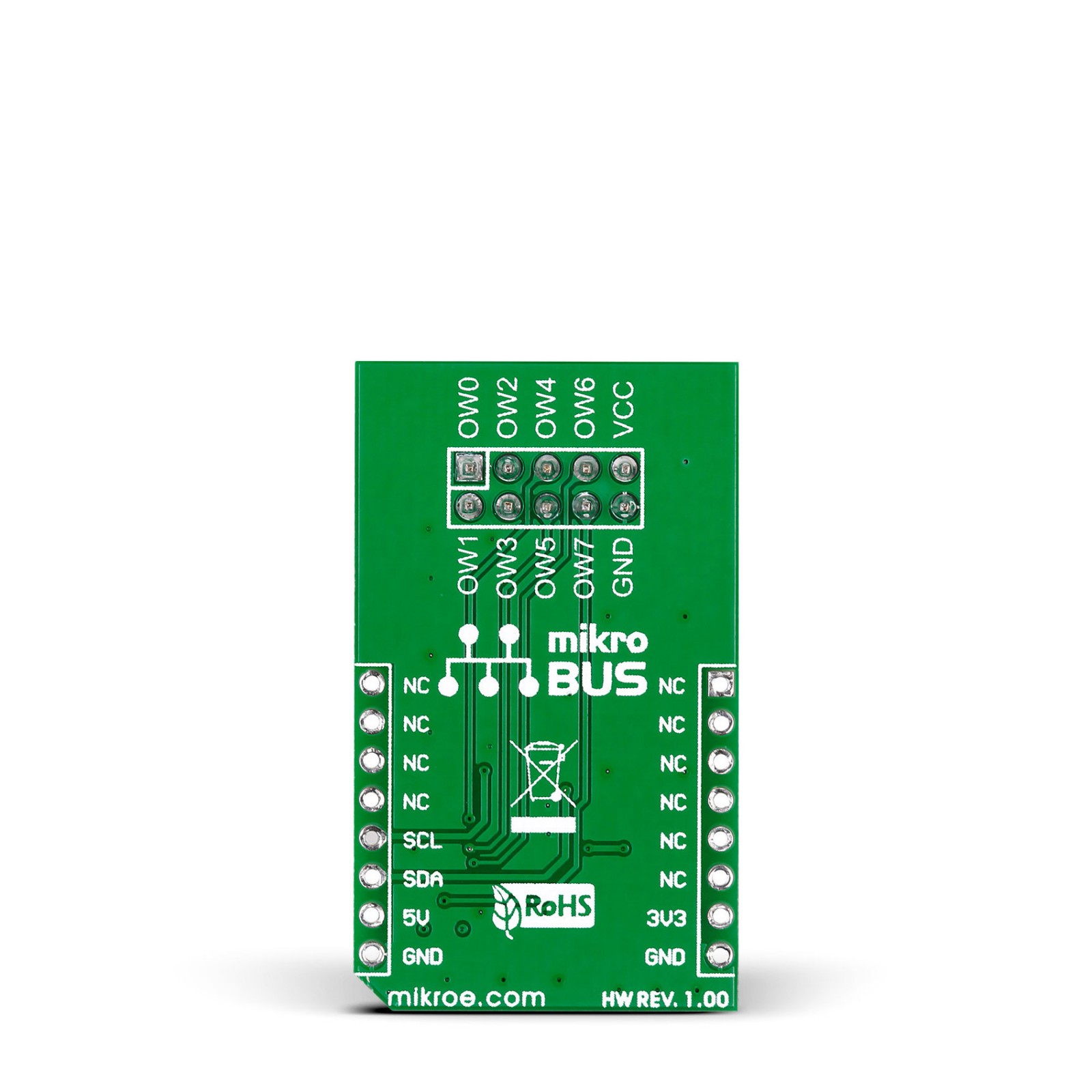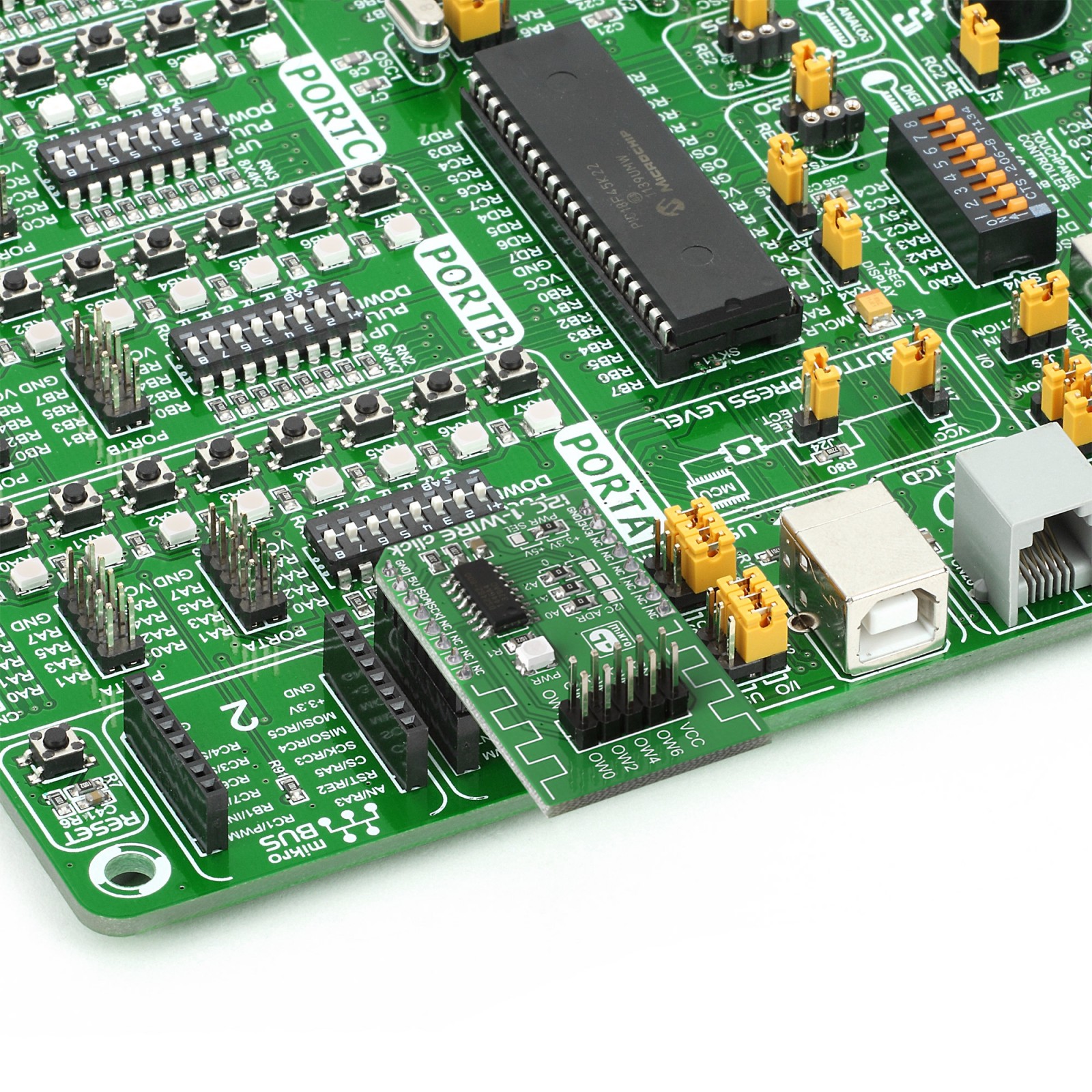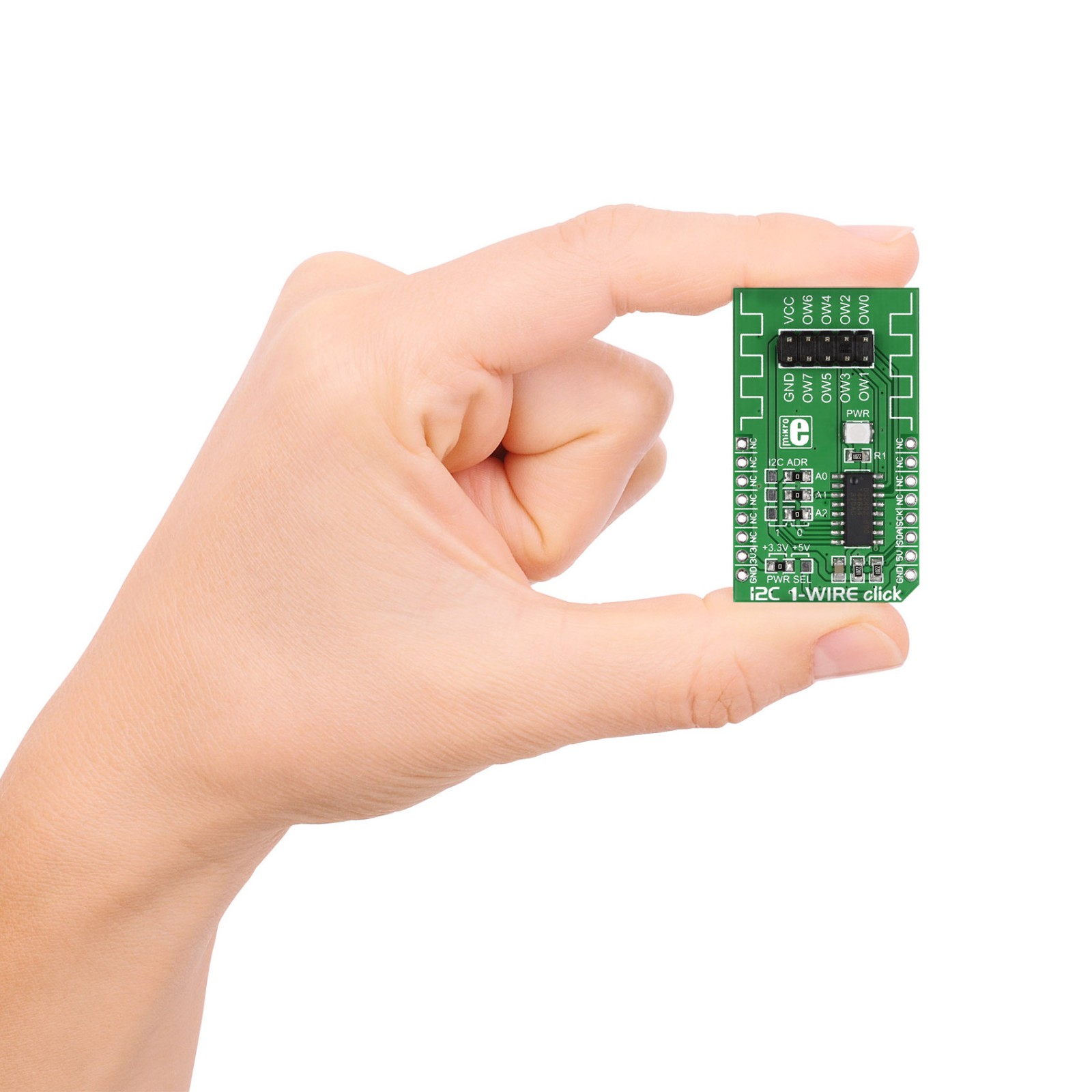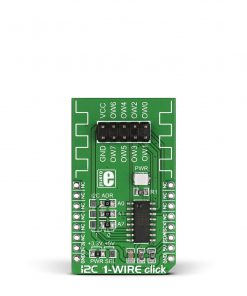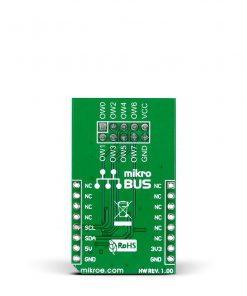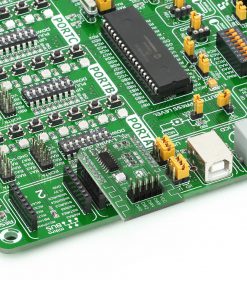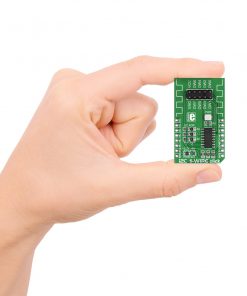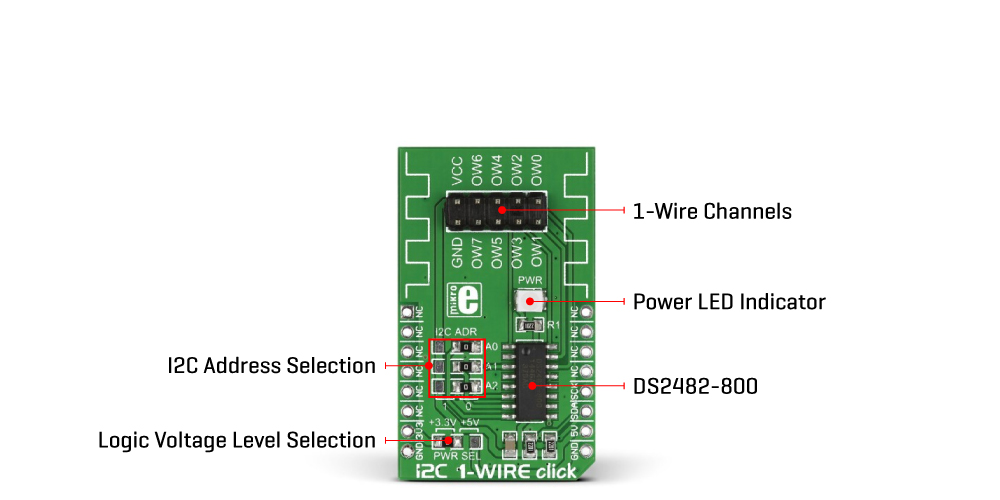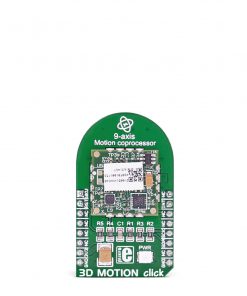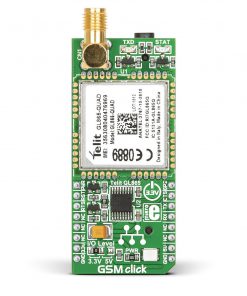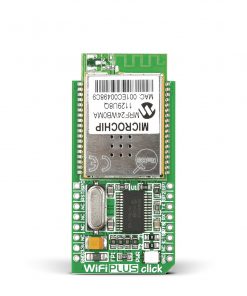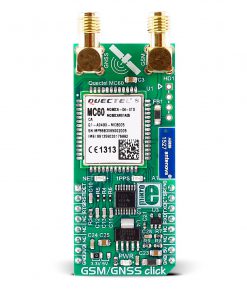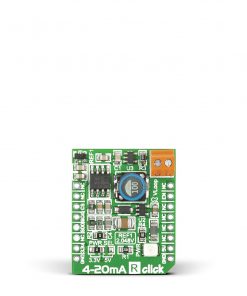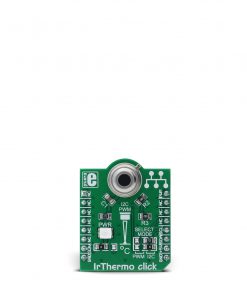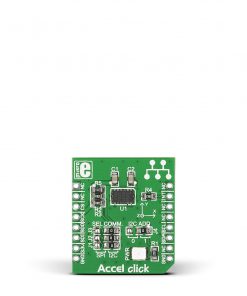-
×
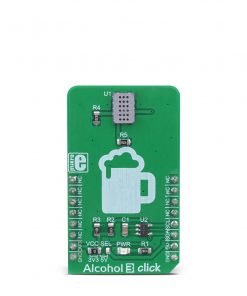 Alcohol 3 Click
1 × R710.00
Alcohol 3 Click
1 × R710.00 -
×
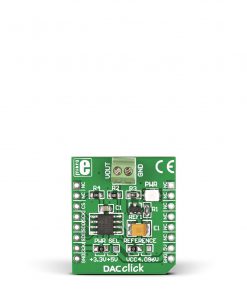 DAC Click
1 × R410.00
DAC Click
1 × R410.00 -
×
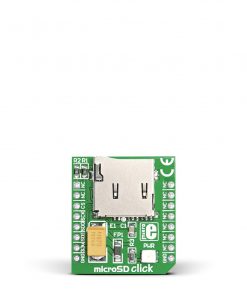 microSD Click
1 × R355.00
microSD Click
1 × R355.00 -
×
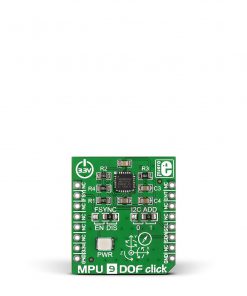 MPU 9DOF Click
1 × R550.00
MPU 9DOF Click
1 × R550.00 -
×
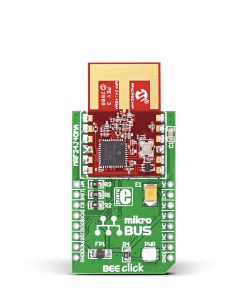 BEE Click
1 × R800.00
BEE Click
1 × R800.00 -
×
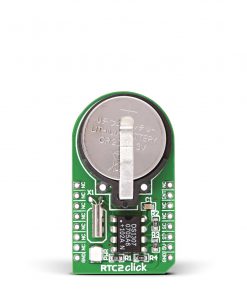 RTC 2 Click
1 × R465.00
RTC 2 Click
1 × R465.00 -
×
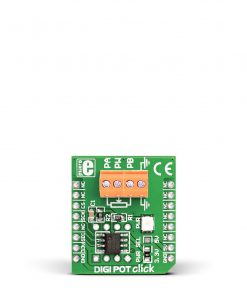 DIGI POT Click
2 × R370.00
DIGI POT Click
2 × R370.00 -
×
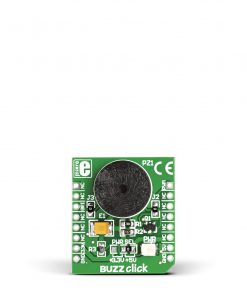 BUZZ Click
1 × R115.00
BUZZ Click
1 × R115.00 -
×
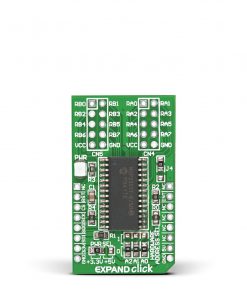 EXPAND Click
1 × R260.00
EXPAND Click
1 × R260.00 -
×
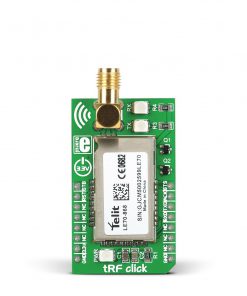 tRF Click
1 × R1,050.00
tRF Click
1 × R1,050.00
Subtotal: R5,455.00


